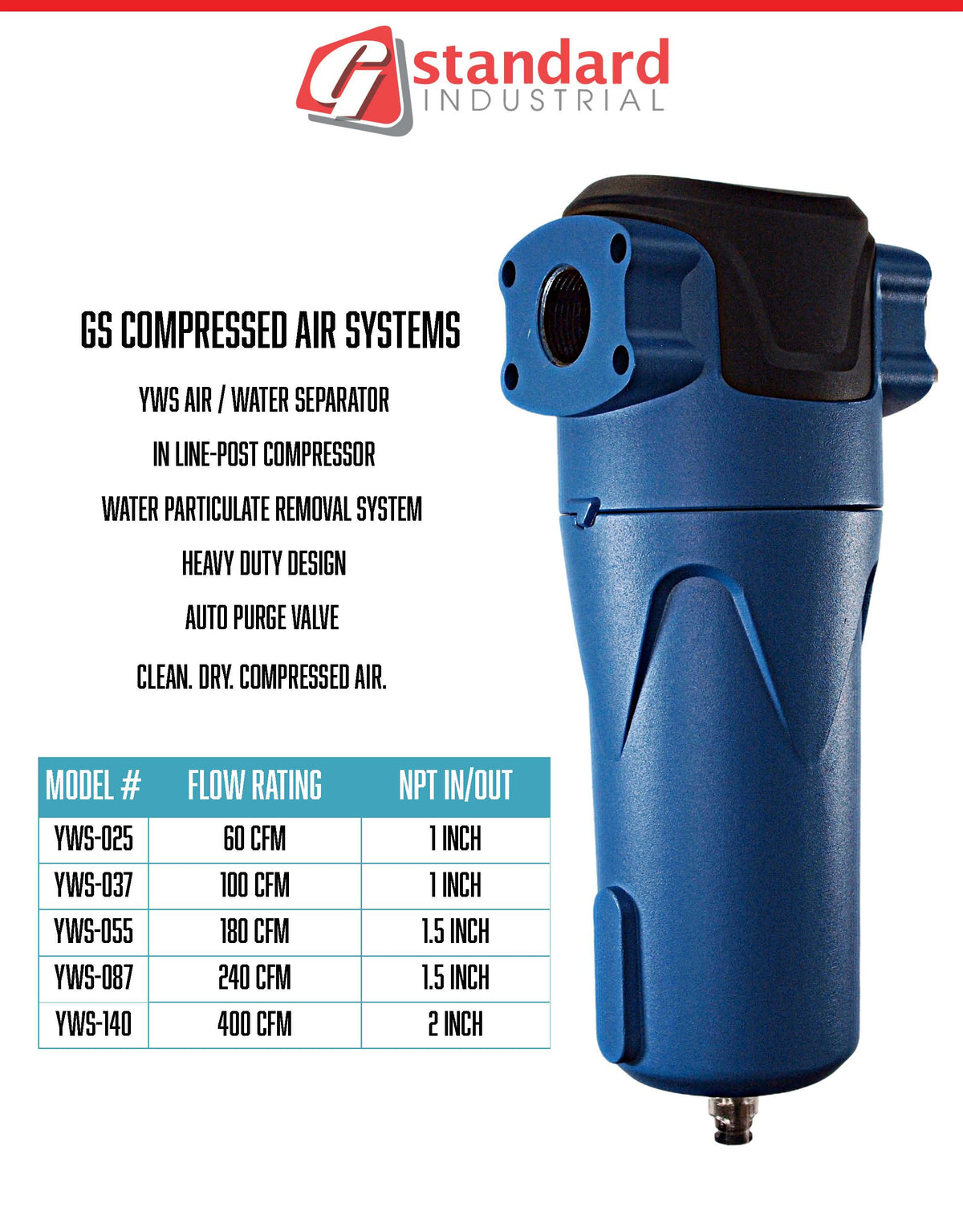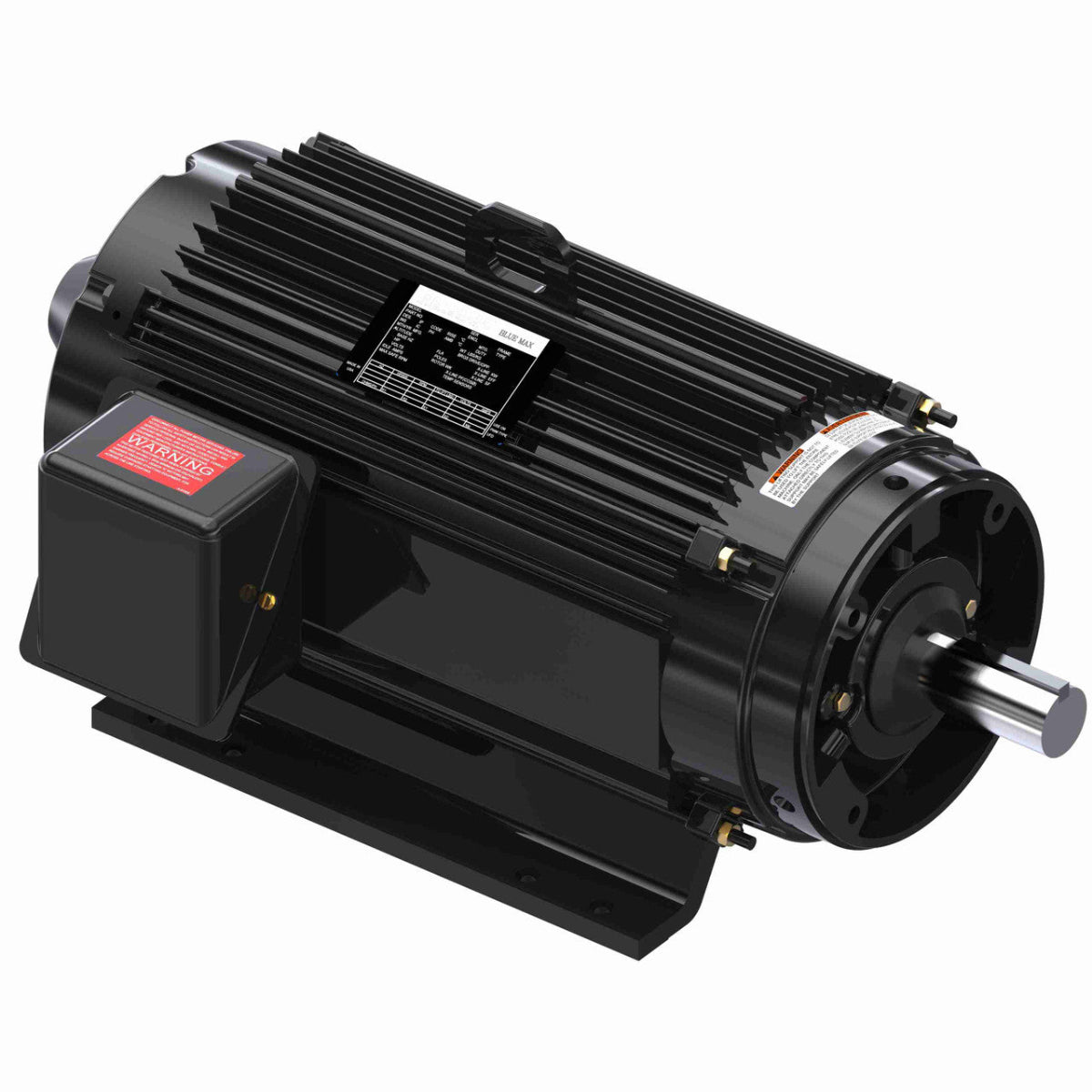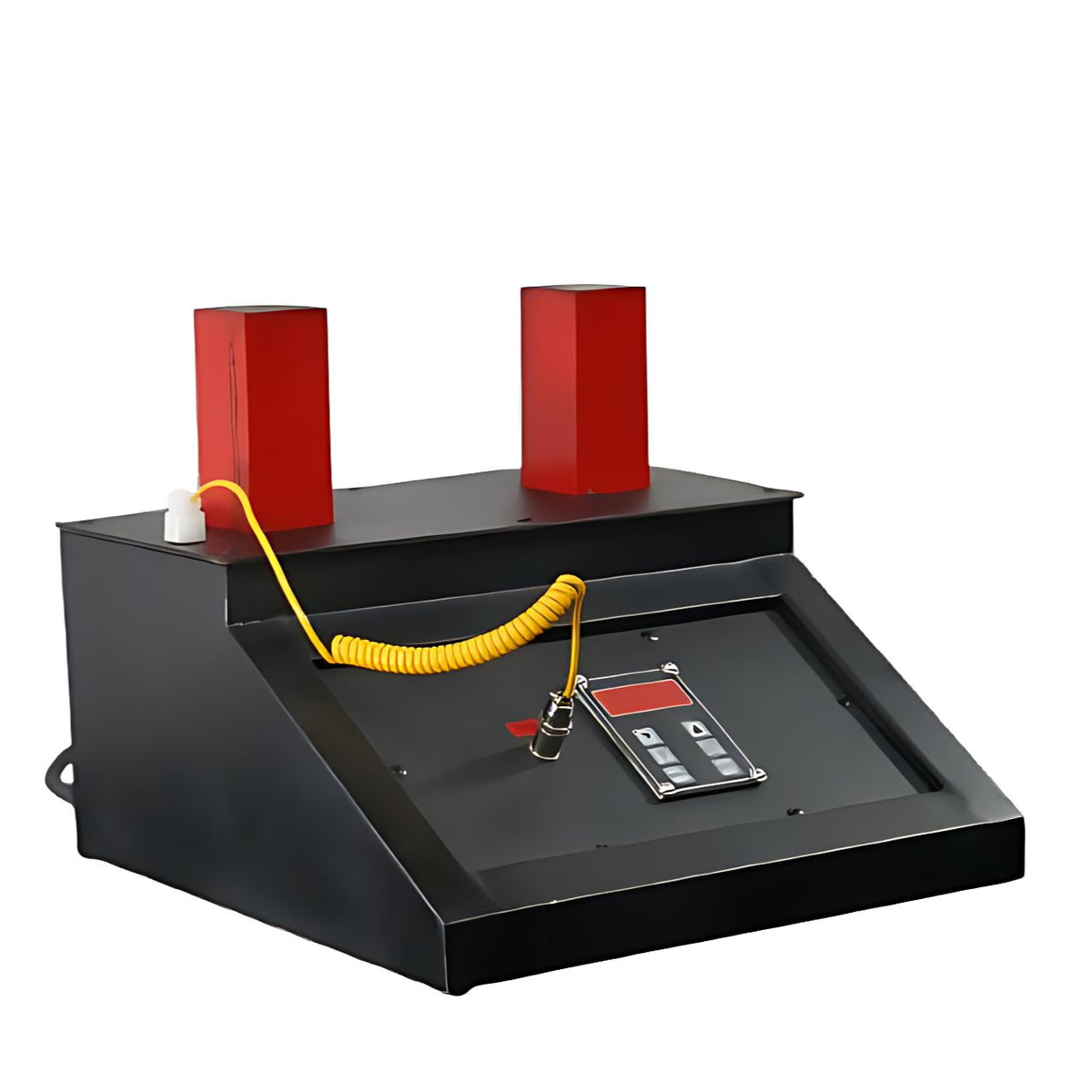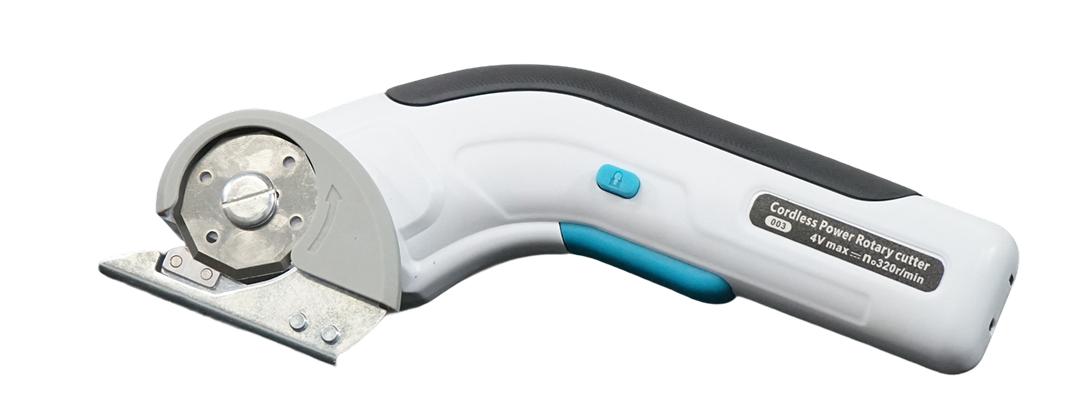Author: Noah Gilbertson
Presented by: G Standard Industrial
The global market for rotary screw air compressors is poised for sustained and robust growth over the coming decade. As the industrial backbone of countless sectors, the demand for these compressors is intrinsically linked to broader economic trends, namely industrialization, automation, and the global push for energy efficiency. The outlook remains overwhelmingly positive, driven by several key macroeconomic and technological factors.
1. Market Drivers and Growth Projections
Multiple industry analysts (e.g., Grand View Research, MarketsandMarkets) project the global rotary screw compressor market to grow at a Compound Annual Growth Rate (CAGR) of approximately 4-6% from 2024 to 2030, potentially reaching a market size of over USD 15 billion.
Key drivers fueling this growth include:
-
Rapid Industrialization in Emerging Economies: The continued expansion of manufacturing, automotive, construction, and food & beverage industries in Asia-Pacific (especially China and India), Latin America, and Africa is a primary engine for market growth. New factories require reliable, continuous compressed air, for which rotary screw compressors are the default choice.
-
Replacement and Retrofit Activities in Mature Economies: In North America and Europe, a significant portion of demand comes from replacing aging, inefficient compressed air systems (often reciprocating or old screw compressors) with new, energy-efficient VSD screw compressors. The compelling return on investment from energy savings is a powerful driver for capital expenditure in these regions.
-
Stringent Government Regulations on Energy Efficiency: Governments worldwide are implementing stricter regulations and minimum energy performance standards (MEPS) for industrial equipment. This regulatory push directly advantages advanced rotary screw compressors, particularly VSD models, which are among the most efficient technologies available. This creates a mandatory upgrade cycle.
-
Growth in End-Use Industries: The expansion of key compressor-consuming sectors directly boosts demand:
-
Food & Beverage: For packaging, automation, and air that meets strict purity standards (driving oil-free demand).
-
Pharmaceuticals & Healthcare: For manufacturing processes requiring sterile, oil-free air.
-
Electronics & Semiconductors: For manufacturing and assembly processes in cleanrooms.
-
Automotive: For painting, automation, and assembly tools.
-
2. Product Segment Trends: VSD and Oil-Free
The market is not growing uniformly; specific segments are outperforming others.
-
Variable Speed Drive (VSD) Compressors: This segment is expected to grow at a significantly higher CAGR than the overall market. As energy costs rise and sustainability becomes a corporate priority, the demand for VSD's precise energy management will make it the technology of choice for most variable demand applications. Providers like G Standard Industrial are focusing their R&D and marketing on these high-efficiency models.
-
Oil-Free Compressors: The oil-free segment is also projected to grow faster than the oil-flooded segment. This is driven by stricter air purity standards, the expansion of sensitive industries like biotech and microelectronics, and a growing desire to eliminate the cost and hassle of oil contamination and oil disposal.
3. Competitive Landscape and Differentiators
The market is highly competitive, with several established global players and numerous regional manufacturers. Success in this market is increasingly determined by factors beyond simply selling a compressor unit:
-
Total Cost of Ownership (TCO): Buyers are increasingly sophisticated and evaluate purchases based on TCO, not just initial purchase price. This favors companies that can demonstrate superior energy efficiency, reliability, and low maintenance costs.
-
Integrated System Solutions: The ability to provide a complete package—compressor, dryer, filters, tank, and intelligent controller—is a key differentiator. G Standard Industrial competes by offering these integrated, optimized systems.
-
Service and Connectivity: Offering advanced IIoT-enabled monitoring, predictive maintenance services, and strong local technical support is becoming a standard expectation. The shift towards servitization models (Air-as-a-Service) is also reshaping competition.
-
Sustainability Credentials: Manufacturers with strong ESG profiles and products that contribute to customers' sustainability goals (e.g., through heat recovery) will have a competitive advantage.
Conclusion:
The market outlook for rotary screw compressors is exceptionally strong. The convergence of industrial growth, the energy efficiency imperative, and technological advancement creates a fertile environment for expansion. While the market is competitive, the winners will be those who provide not just a product, but a holistic, intelligent, and efficient compressed air solution. G Standard Industrial is strategically positioned to capitalize on these trends by offering the advanced, efficient, and connected rotary screw compressors that the future of manufacturing demands.
Sources for this Article:
-
Grand View Research. (2023). Rotary Screw Air Compressor Market Size, Share & Trends Analysis Report. Retrieved from https://www.grandviewresearch.com/industry-analysis/rotary-screw-air-compressor-market
-
MarketsandMarkets. (2023). Industrial Air Compressor Market by Type. Report Code: EP 2630. Retrieved from https://www.marketsandmarkets.com/Market-Reports/industrial-air-compressor-market-789.html
-
International Energy Agency (IEA). (2021). Energy Efficiency 2021. Retrieved from https://www.iea.org/reports/energy-efficiency-2021
-
Freedonia Group. (2023). World Industrial Air Compressors. Retrieved from https://www.freedoniagroup.com/industry-study/world-industrial-air-compressors-3520.htm




0 comments